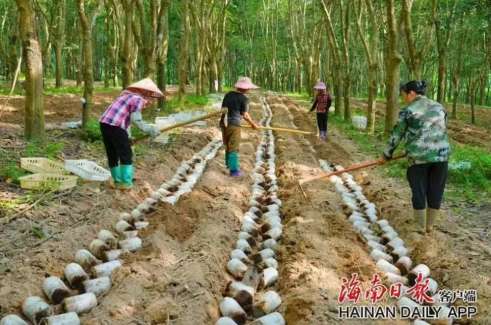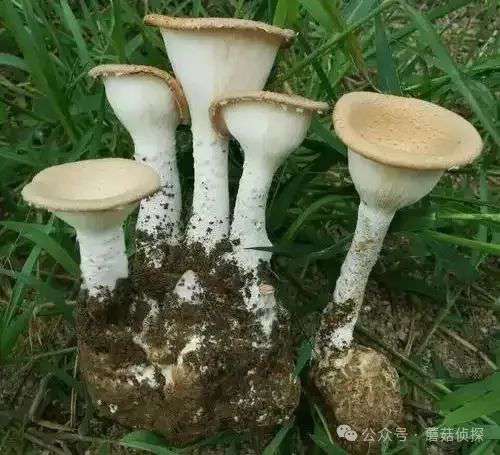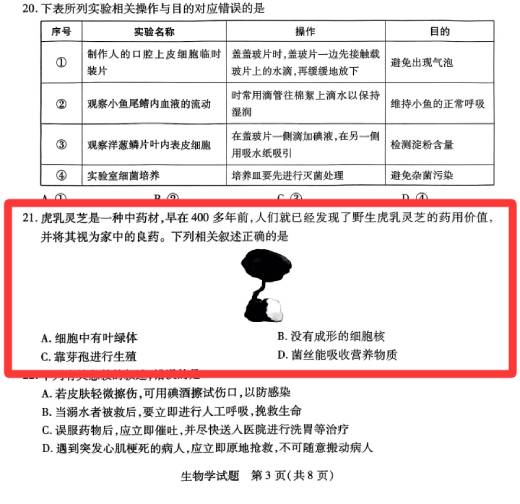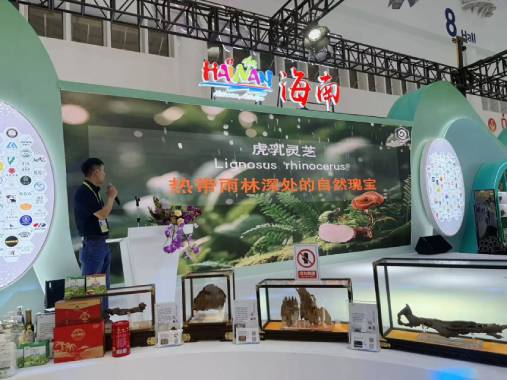Pleurotus tuber-regium cultivation in Hainan|King Tuber Oyster mushroom
Qiongzhong County in Hainan leverages its 86.17% forest coverage to innovatively promote Pleurotus tuber-regium cultivation (虎奶菇) under forest canopies. This rare edible fungus, cultivated beneath rubber trees and betel nut palms, is emerging as a “green gold mine” boosting local farmers’ incomes. By 2024, the total output value of this under-forest economy reached 374 million yuan.
Lentinus tuber-regium is a unique species that thrives primarily in tropical and subtropical regions. It has a distinctive ability to grow underground, forming large sclerotia, which are hard, compact fungal masses. The species belongs to a group known for featuring mushrooms with woody textures and is generally found on decaying wood.
People’s Daily Overseas Edition Focus: Green Qiongzhong Uncovers “Valuable Wealth”
Qiongzhong County Government Website
September 16, 2025
People’s Daily Overseas Edition, Page 08: Green Qiongzhong Uncovers “Valuable Wealth”


Qiongzhong’s Limo Mountain in Hainan is towering and majestic, shrouded in mist year-round.

Farmers in Qiongzhong, Hainan, intercrop zongzi leaves among the trees.

Woda Village in Limo Mountain Town, Qiongzhong County, Hainan has developed an industry combining “under-forest Pleurotus tuber-regium cultivation.”
In the tropical rainforests of Qiongzhong, Hainan, a series of “new sights” are quietly unfolding—white Dendrobium officinale flowers blooming on betel nut trees, Pleurotus tuber-regium harvested in rubber plantations, and five-toed pigs (Wuzhishan pigs) running and foraging through the woodlands…
These “new sights” have transformed Qiongzhong’s forests into a veritable “green treasure trove.” In recent years, the county has focused its efforts on developing under-forest economies, which now cover a total area of 242,400 mu (approximately 16,160 hectares) with a total output value of 374 million yuan. This initiative has become a “golden opportunity” for local farmers to increase their income and achieve prosperity.
Green Foundation
The vast potential of forest understory spaces—how would you describe Qiongzhong’s ecology in two words?
“A sea of green!” Xiao Fu, a local photographer from Qiongzhong, flips through photos on his camera and answers without hesitation. “Here, the land seems draped in a ‘green cloak.’” Through Xiao Fu’s lens, the lush beauty of forest shade reveals Qiongzhong’s ecological foundation.
Qiongzhong Li and Miao Autonomous County, nestled in central Hainan Island, serves as the island’s ecological heartland. Boasting a remarkable 86.17% forest coverage, it is celebrated as a “green treasure trove,” the “lungs of Hainan,” and the “source of the Three Rivers.” National park areas within Qiongzhong—including Wuzhishan, Limu Mountain, Diaoluo Mountain, and Yinggeling—collectively form a robust ecological barrier.
In the past, we only knew how to cling to these green mountains and clear waters, living a hard life,“ Xiao Fu sighed. ”But now it’s different—this rainforest has truly uncovered a ‘precious treasure (gold mine)’!” In his view, safeguarding this ecological foundation is the cornerstone of their livelihood, and developing the space beneath the forest canopy is precisely the key step in transforming ecological advantages into economic development.
As early as the poverty alleviation period, Qiongzhong turned its attention to “understory cultivation,” focusing on promoting the “understory cultivation of yizhi” model. “Back then, the county government provided 500 yuan per mu in subsidies for yizhi cultivation,” explained a representative from the Qiongzhong County Forestry Bureau. “From 2016 to 2021, the county distributed a total of 6.569 million yuan, benefiting 1,588 farming households.” This successful practice laid a solid foundation for the scaled development of the understory economy.
Leveraging its abundant forest resources, Qiongzhong scientifically planned its layout, continuously expanding the scope of its under-forest economy. It focused on building a composite industrial system encompassing under-forest cultivation, under-forest breeding, and forest landscape utilization. This approach fostered “1+N” development models such as “forest + medicine,” “forest + fungi,” “forest + fruit,” and “forest + tourism,” gradually transforming the “green value” of the under-forest ecosystem into the “economic value” of industrial development. Data indicates that Qiongzhong’s total under-forest economy area has reached 242,400 mu (approximately 16,160 hectares), comprising 166,400 mu (11,100 hectares) for under-forest cultivation, 41,700 mu (2,780 hectares) for under-forest animal husbandry, and 34,300 mu (2,290 hectares) for forest landscape utilization.
Diversified Development Yields Abundant Results in Specialty Industries
In Lichou Village, Luodan Village Committee, Hongmao Town, Qiongzhong County, lush and thriving yizhi plants thrive beneath approximately 8,000 acres of natural forest (trifoliate maple). “Each acre can generate about 1,000 yuan in additional income,” said a farmer. As a local medicinal herb, yizhi boasts high medicinal value and strong market demand.
Qiongzhong boasts abundant medicinal resources. In recent years, it has prioritized “understory cultivation of indigenous herbs (Southern Medicinal Plants)” as a core development strategy, vigorously promoting the cultivation of Li and Miao ethnic specialty herbs like yizhi, cardamom, and dendrobium. In 2024, Qiongzhong issued documents including the “Qiongzhong Li and Miao Autonomous County Regulations on the Protection and Development of Li and Miao Medicine” and the “Qiongzhong Li and Miao Autonomous County Development Plan for the Indigenous Medicinal Herb (Southern Medicine) and Li Medicine Industry (2023-2030),” strengthening policy support for the cultivation of indigenous medicinal herbs (Li and Miao medicinal materials). By the end of 2024, Qiongzhong’s forest-based medicinal herb cultivation area reached 148,200 mu (approximately 9,213 hectares), accounting for 89% of its total understory cultivation area. With an output value of approximately 170 million yuan, this sector has become a pillar industry of the forest-based economy.
The vitality of the under-forest economy is equally evident in the development of other specialty crops. Stepping into the Dabin Sanyangxin Agricultural Machinery Zongzi Leaf Cooperative in Limu Mountain Town, Qiongzhong, the distinctive fragrance of zongzi leaves permeates the forest. “We adopt a forest-grass composite planting model, guiding farmers to intercrop zongzi leaves within rubber plantations,” said a cooperative representative. “Currently, the planting area spans 5,365 mu (approximately 357 hectares), generating an annual output value of 10.4 million yuan and driving income growth for local households.” The cooperative has also successfully registered the “Li Hanzi” trademark, further enhancing product value.
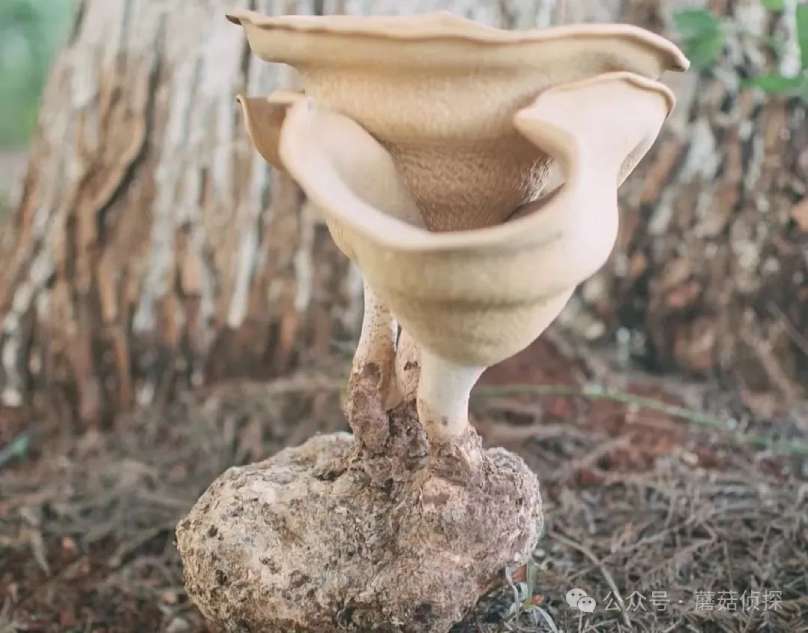
pleurotus tuber regium sclerotium
Qiongzhong’s under-forest economy extends far beyond this.
For understory cultivation, the focus is on forest herbs (amomum villosum, cardamom), forest grasses (zongzi leaves), forest fruits (ginseng fruit, pineapple), and forest fungi (mushrooms). For understory farming, the emphasis is on forest livestock (five-toed pigs/Wuzhishan pigs), forest poultry (chickens), and forest bees (Chinese honeybees). In forest landscape utilization, the priority lies in developing eco-tourism and forest wellness.
在林下种植方面,重点发展林药(益智、草豆蔻)、林草(粽子叶)、林果(人参果、凤梨)、林菌(菌菇);在林下养殖方面,重点发展林畜(五脚猪/五指山猪)、林禽(鸡)、林蜂(中华蜜蜂);在森林景观利用方面,重点发展生态旅游、森林康养。
This diverse industrial ecosystem infuses Qiongzhong’s understory economy with robust vitality, paving a path of comprehensive rural revitalization that prioritizes ecology and green development. “By 2030, we plan to systematically expand the scale of understory economic industries, increasing the county’s total understory economic area to 542,700 mu (approximately 35,500 acres) with an annual output value reaching 1.331 billion yuan,” stated a confident official from the Qiongzhong County Forestry Bureau.
Innovation-Driven: Full Industry Chain Upgrades Spark New Vitality
How can we enhance the endogenous momentum of forest-based economies? Innovation serves as the core engine driving industrial quality and efficiency improvements. This innovation-driven approach permeates key areas such as technological R&D, deep processing, and brand development.
At the edible mushroom cultivation base in Wodai Village, Limu Mountain Town, rows of white mushroom bags are placed by villagers beneath rubber and betel nut trees. “We can harvest these Pleurotus tuber-regium mushrooms every three months. Their uniform size commands a good price,” said a local villager. “The village’s ability to grow such high-quality products is entirely thanks to technological support.”
The Hainan Provincial Association for Science and Technology, in collaboration with the Institute of Environment and Plant Protection at the Chinese Academy of Tropical Agricultural Sciences, innovatively developed edible mushroom cultivation techniques in Wodai Village. They successfully promoted the cultivation of Pleurotus tuber-regium and conducted training on “under-forest mulching cultivation technology.” Key techniques—such as digging drainage ditches to prevent bag rot, using plastic mulch to regulate temperature and humidity, and promptly covering soil over emerging mushroom buds to promote growth. These key techniques have significantly improved the survival rate and yield of Pleurotus tuber-regium cultivation.
Pleurotus tuber-regium cultivation To grow well is one thing, but achieving superior quality, appearance, and marketability is paramount.
At the exhibition center of Hainan Wanling Agricultural Product Processing and Logistics Park, display cases neatly showcase products like yizhi wine, dried Pleurotus tuber-regium mushrooms, and yizhi kernels. “The park’s advanced processing capabilities effectively address the challenges of preserving freshness and low added value in primary forest-based products, enabling these ‘mountain treasures’ to better reach the market,” explained a park management official. As the only provincial-level agricultural processing and logistics park in central Hainan, it has successfully attracted 40 high-quality projects—including local herbal medicine (Southern Chinese herbs) processing and coconut food manufacturing—forming an emerging specialty industrial cluster that extends the forest-based economy’s value chain.
To achieve strong sales, brand building is paramount. Qiongzhong is actively developing the “Qiongzhong Good Taste” regional public brand for agricultural products, continuously enhancing the brand recognition and reputation of regionally distinctive products like “Qiongzhong Five-Toed Pig (Wuzhishan Pig)” and “Qiongzhong Honey.” This effort aims to transform Qiongzhong’s forest-grown “mountain treasures” into genuinely sought-after commodities in the marketplace.
With “green” as its ink and “understory” as its brush, a new ecological landscape of prosperity is unfolding across Qiongzhong.
Through technological innovation and brand development, the Pleurotus tuber-regium cultivation in Qiongzhong has achieved a full-chain upgrade from forest to market. The regional brand “Qiongzhong Good Taste” enhances the value of mountain delicacies, demonstrating a viable pathway for converting ecological resources into economic value. Policy support and scaled development will continue to unlock the potential of the under-forest economy.
Source: People’s Daily App, Qiongzhong County Government Website

